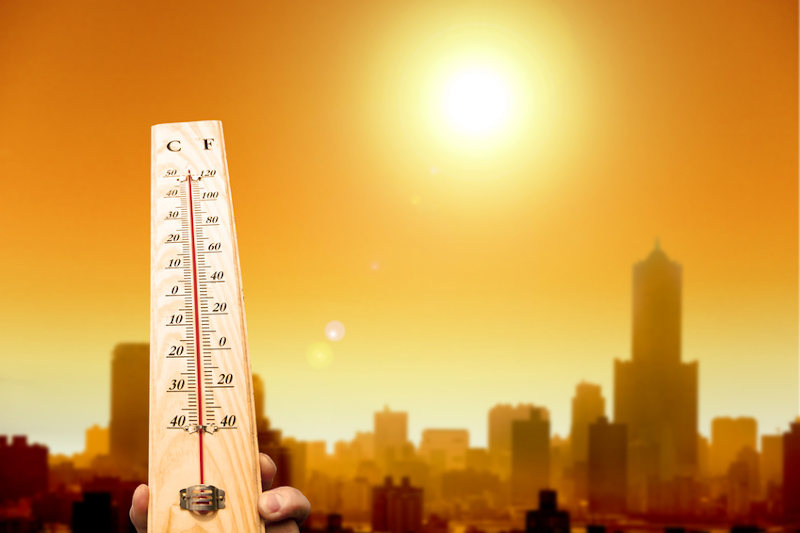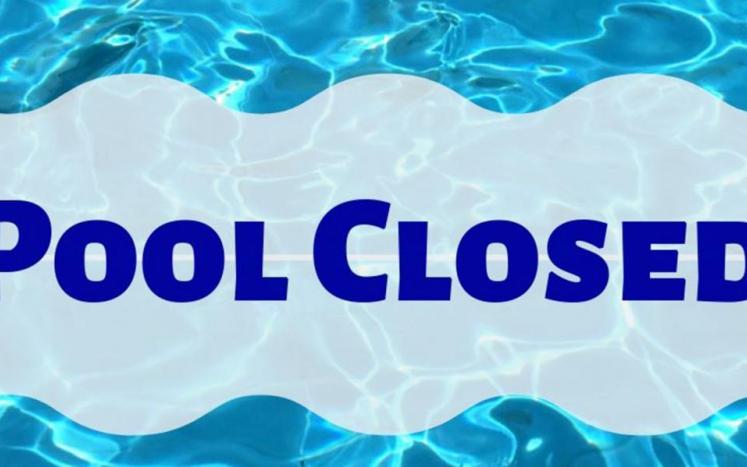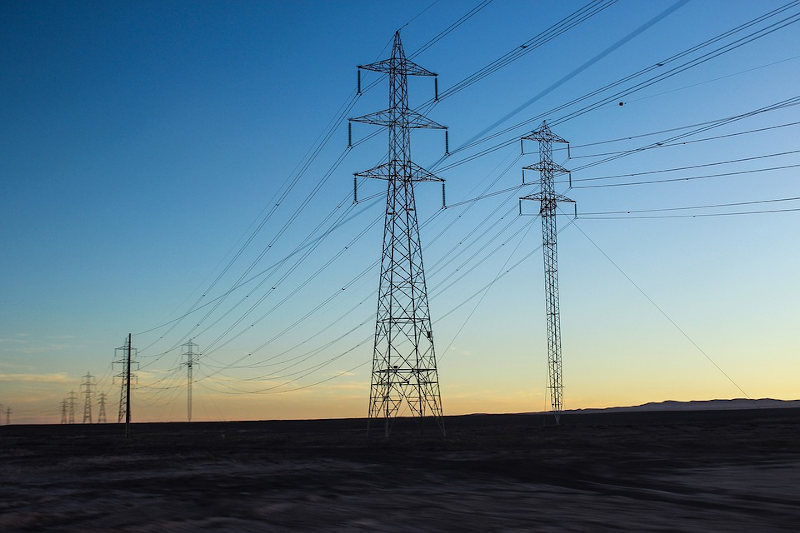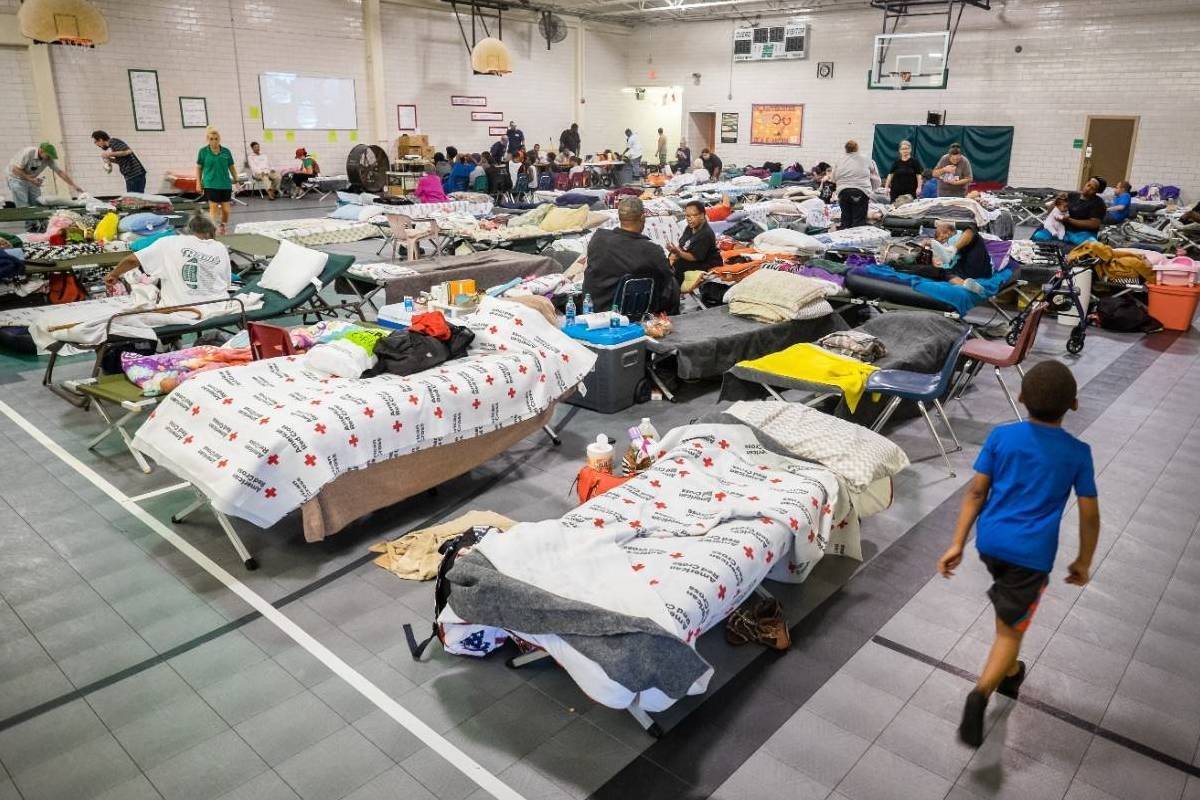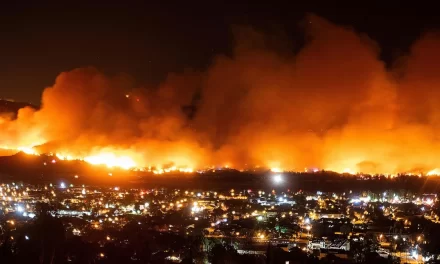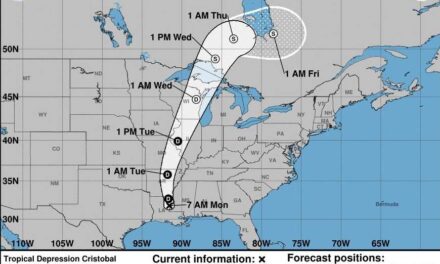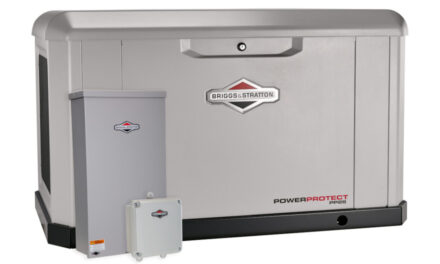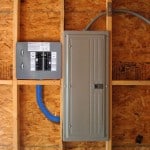The widespread heatwave will last into next week and spread over most of the eastern half of the country.
Dessert Southwest
A long-lasting heatwave taking hold in the desert southwest will spread through the Plains states, Ohio Valley, and into the Mid-Atlantic. By Tuesday, the National Weather Service predicts more than 75 record high temperatures.
Excessive heat warnings were issued across the southwest from Arizona into Central California including Las Vegas, Phoenix, the Grand Canyon, Lake Havasu, and Indio, California. The heat wave is expected to last into next week and will move east into the central and southern Plains. Ongoing drought in the Southwest will contribute to high temperatures 10 to 15 degrees above normal.
Texas, Louisiana, Oklahome, and Arkansas will also see temperatures near or above 110 degrees.
The Best Standby Generators for Hot Climates
The forecast in Lake Havasu City, Arizona called for a high of 117 degrees on Saturday and 120 on Sunday. Some cooling by Tuesday should bring temps to around 110. Las Vegas will reach 113 on Saturday, 114 Sunday before moderating to 110 on Tuesday.
Death Valley, usually the hottest location in the United States, will stay above 120 degrees in the middle of the week.
High temperatures for long periods add the energy demands as air conditioning systems struggle to keep up. The additional load on utility equipment sometimes causes failures and power outages. Heatwaves can increase the risk of wildfires, especially when accompanied by windy conditions.
Pool and Beach Closures During the COVID-19 Pandemic Limit Access to Cool Activities
Central US and East Coast
Through the week, the heat wave will spread to the central US and East raising the heat index up to 15 degrees above normal. Conditions opposite to the Southwest drought will help moderate temperatures. High soil moisture and humidity will keep temperatures out of the triple digits but will contribute to a higher heat index.
Kansas City, Missouri will see temperatures head into the mid-nineties. Chicago will stay around 90, but humidity could raise the index much higher.
Washington DC will head into the middle 90s, while New York should expect a humid week in the low 90s. Humidity and moist soil conditions.
Soaring temperatures for long periods increase the risk of heat exhaustion and heat stroke. Stay hydrated. Find a place to cool off. Take frequent breaks to rest.
Heatwave Health Hazards
Temperatures that climb above normal put people at risk for heat exhaustion and heat stroke. When humidity it low, perspiration quickly evaporates and makes it harder to stay hydrated.
Heat Stroke, sometimes called sun stroke, is a severe condition with a body temperature rising above 104 degrees. Symptoms include red skin, headache, confusion, and dizziness. Perspiration may be present when heat stroke is caused by exertion, but when caused by high temperatures—often near or above the normal body temperature—perspiration may be absent. Heat stroke causes more than 600 deaths every year in the United States. Treatment is by rapid physical cooling of the body.
Air Cooled vs Liquid Cooled Generator | The Difference in Hot Climates
Heat Exhaustion is a medical emergency caused by the loss of water and electrolytes through sweating. It can occur through physical exertion in hot humid weather or too much exposure to heat and humidity in sunny weather. Some drugs increase the risk of heat exhaustion. Symptoms include nausea, dizziness, headache, thirst, weakness, vomiting, high body temperature, excessive sweating with reduced urine output, and irritability.
Energy use increases dramatically duing a heatwave. Equipment failures and power outages leave the most vulnerable helpless against the heat. Prepare for a power outage with a standby generator to keep the power on and the air conditioners working.
Staying Cool and Healthy
People vulnerable to heat stroke or heat exhaustion should avoid prolonged activity in the sun and physical exertion in the heat. Staying hydrated is one of the best preventative measures. The body’s fluid requirement increases substantially during periods of exertion or exposure to excessive heat.
The United States Department of Labor recommends three things. Water. Rest. Shade.
Drink plenty of water or sports drinks with electrolytes. Avoid becoming overheated by taking frequent breaks from the sun and exertion. Find a place to get cool, preferably in air conditioning.
Heat exhaustion can strike with little warning. Stay aware and conscious of the demands on your body and how you feel. Fluids, shade, and rest are your best defense against heat stroke and heat exhaustion.

